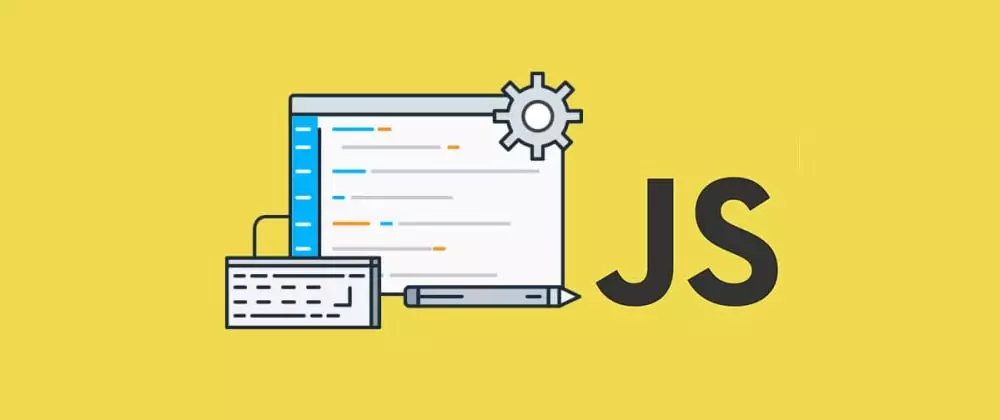JavaScript is fairly unique in the programming world. With your typical programming language you have to write it, compile it, link it and deploy it. JavaScript is much more fluid and flexible. With JavaScript all you need to do is write JavaScript right into your page, and then load it into a browser. From there, the browser will happily begin executing your code. Let’s take a closer look at how this works:
Writing
You create your page just like you always do, with HTML content and CSS style. And you also include JavaScript in your page. As you’ll see, just like HTML and CSS, you can put everything together in one file, or you can place JavaScript in its own file, to be included in your page.
Loading
Point your browser to your page, just as you always do. When the browser sees code, it starts parsing it immediately, getting ready to execute it. Note that like HTML and CSS, if the browser sees errors in your code, it will do its best to keep moving and reading more JavaScript, HTML and CSS. The last thing it wants to do is not be able to give the user a page to see.
Executing
The browser starts executing your code as soon as it encounters it in your page, and continues executing it for the lifetime of your page. Unlike early versions of JavaScript, today’s JavaScript is a powerhouse, using advanced compilation techniques to execute your code at nearly the same speed as many native programming languages.
I hope you’ll find this article useful, Thank you for reading.

